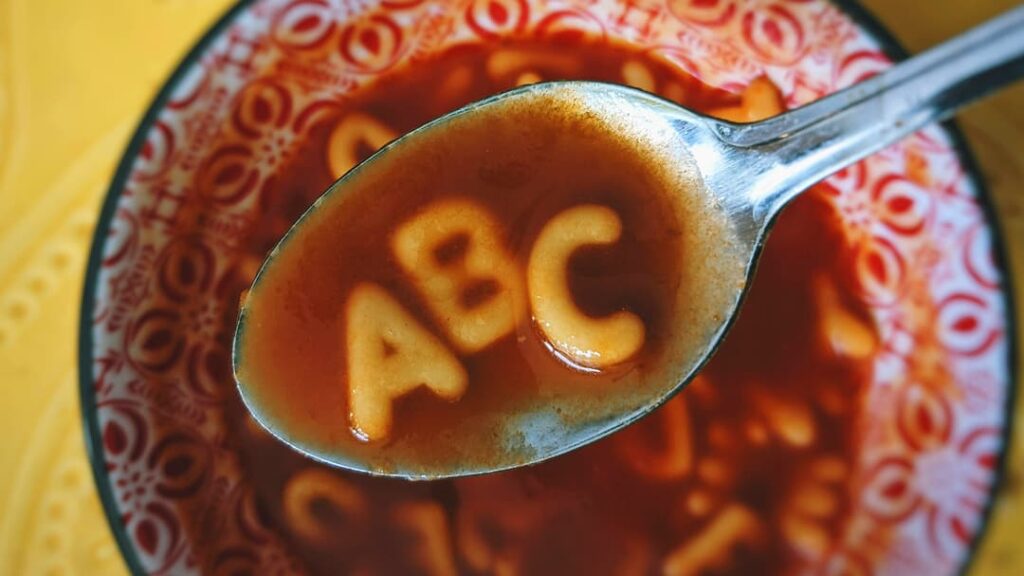The internet was left stunned after a new version of the classic alphabet song went viral on social media — and netizens aren’t happy about it.
If you’ve been scrolling through Twitter and TikTok lately, you’ve probably come across an ongoing debate about the alphabet song; you know, the song that’s used to help little kids learn their ABCs.
However, it looks like this time-honored mnemonic device is undergoing a massive change as some educators have opted for a different take on teaching the alphabet to youngsters.
Specifically, the part of the song with ‘LMNOP’ all strung together is no longer part of the equation. Instead, they’ve separated the letters to each have their own note, with one mom claiming that kids get confused and think the string of characters is just one big letter.
“As someone who has worked in and is currently studying early childhood education, the challenges that ‘elimenopee’ present are pretty significant,” educator ‘MamaDontBreak’ wrote on TikTok.
“It brings about challenges for reading, writing, and even speech. This new and improved version has the same tune but different breaks to help kids hear the different individual letters better.”
Not everyone is as enthusiastic about this change as her, though. Plenty of other users across social media are speaking out in protest of this newfangled version of the alphabet song.
“There was nothing wrong with the original alphabet song,” one person wrote on Twitter/X. “The new one just breaks up the letters equally. 7 / 7 / 3 / 3 / 3 / 3. Changing it is crazy.”
“Just found out there’s a new woke alphabet song and they got rid of elemenopee because of pronouns or something,” another joked.
Even newscasters got in on the fad, with KCAL News chiming in on the situation in their morning broadcast.
However, it’s worth noting that this isn’t the first time this new alphabet song has been introduced to the world. In fact, it actually dates back to 2012.
According to a 2019 report from ABC Action News, the ‘soft alphabet song’ was concocted by an educational website called Dream English, who first shared the tune on their YouTube channel over a decade ago.
Although it’s been many years since this song first made waves, it looks like it’s coming back around in popularity… although it’s clear that plenty of English-speaking folks aren’t too keen on implementing it in schools.

